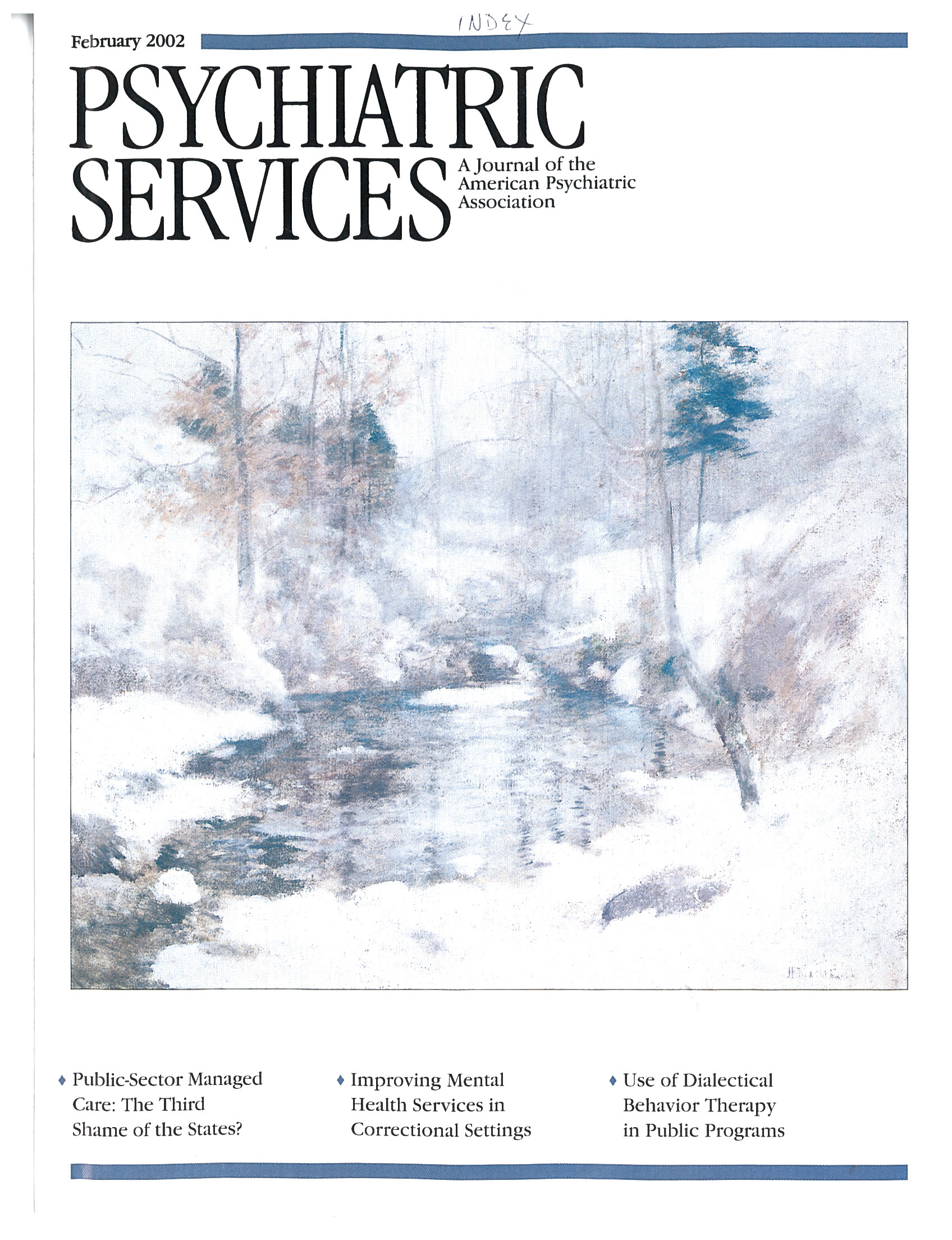A major factor in the substantial number of admissions of children with mental illness to inpatient units is physical aggression that has escalated to the point that the child regularly endangers self or others. Whatever other symptoms the child displays, it is the violence and aggression that intimidate parents, teachers, and other providers into recommending the expensive and restrictive hospital setting. Is this level of care always necessary for children with aggressive behavior, or can certain types of aggression be managed in home and school settings?
School districts and parents have backed away from any type of hands-on intervention for aggression, partly because of the potential for liability associated with allegations of abuse. Interventions are often limited to verbal interactions with the child and, if the child continues to aggress, typically deteriorate into a model of "peace at any price" until the police arrive, by which time the child has usually become even more aggressive. Does this hands-off approach keep the child safe from self-harm? Do these measures safeguard other children and property?
Verbal warnings and limit setting should always be part of any crisis plan, at home or at school. Appropriate medication also may play a role in child management. However, some form of safe, structured, and planned restraint should be part of the crisis-response continuum. A dangerous precedent is set when the adults in charge lack the provision for physical restraint and rely on an outside agency to contain an aggressive child. Anxious children are often looking for authority figures to set firm and consistent limits. When children perceive that their actions result in confusion and anxiety on the part of day-to-day caregivers and authority figures, their own anxiety will escalate and produce more aggression. In contrast, when children understand that their actions can and will be contained in their day-to-day setting, they tend to be less anxious and more able to learn academic and social information with fewer distractions.
When a child brings a weapon to school or seriously physically assaults another person, the police should be called, and all necessary steps should be taken to achieve safety. For cases in which a child of grade school age is throwing a temper tantrum, throwing toys, or hitting teachers, parents, siblings, or peers, a crisis plan needs to be in place that keeps the responsibility for restraint where it can do the child the most therapeutic good—in the classroom or at home.

